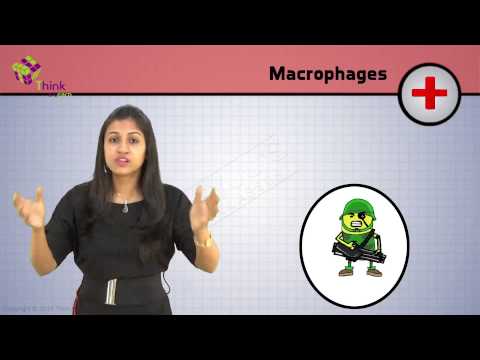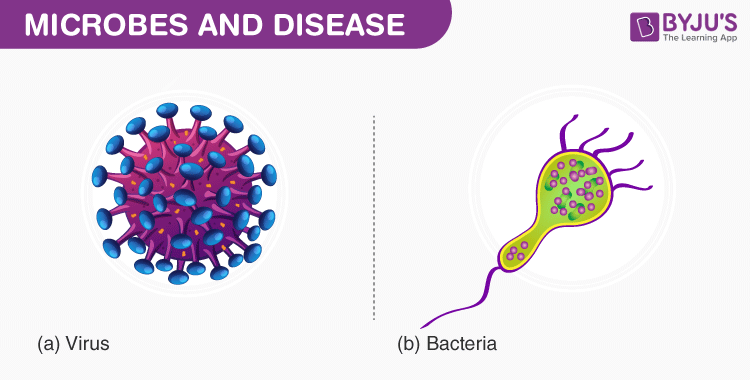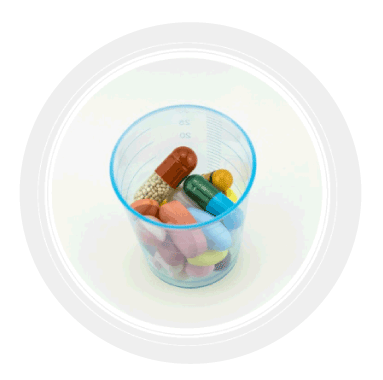
Microbes or microorganisms are minute, unicellular organisms that cannot be seen by naked eyes. Some microbes are useful in our day to day life while others are harmful to our health. The harmful microorganisms are called pathogens.
The diseases causing microorganisms include bacteria, viruses, protozoa, fungi and a few variations of worms. Once they invade the host cell, they disrupt or damage the normal cellular activities. This leads to diseases on a larger scale.
Also Read: Diseases

Disease-causing Microbes
Diseases Caused By Microorganisms
There are several diseases caused by microorganisms. Let us have a look at a few of them.
- Viral diseases are caused by viruses. These include both acute and infectious diseases like the common cold, to chronic disease like AIDS. Apart from these acute diseases, viruses are also responsible for mumps, polio, rabies etc.
- Diseases caused by bacteria include diphtheria, typhoid, cholera etc.
- Malaria and sleeping sickness are diseases caused by protozoa.
- Worms like roundworms, tapeworms could cause diseases like Ascariasis and Taeniasis respectively.
The microorganisms cause diseases in the following ways:
- They reach their target site in the body.
- Multiply rapidly.
- Attach to the target site to be infected.
- Avoid and survive an attack by the immune system of the host.
- Obtain nutrients from the host.
Microbes and Diseases
Viruses
Viruses can be seen only through an electron microscope. They are inactive outside a living cell. Once they are inside the host body, they take over the entire cellular activities of the organism. They cannot be destroyed by antibiotics. Common cold, measles, mumps, smallpox are some of the diseases caused by viruses.
Bacteria
Not all bacteria cause diseases. The bacteria that infects an organism produces toxins that can cause diseases. Cholera, tuberculosis, anthrax are caused by bacteria. These can be killed by antibiotics.
Fungi
Fungi can grow in damp, moist areas on the body and lead to infections such as athlete’s foot, ringworm, etc.
Protozoa
Protozoans such as amoeba cause diseases such as amoebic dysentery. Malaria and sleeping sickness is also caused by protozoans.
Following is the list of microorganisms and infectious diseases caused by them:
| Diseases | Microorganisms |
| Cold | Rhinovirus |
| German Measles | Rubella |
| Chickenpox | Varicella zoster |
| Whooping cough | Bardotella pertussis |
| Bubonic plague | Yersinia pestis |
| Ringworm | Trichophyton rubrum |
| Tuberculosis | Mycobacterium tuberculosis |
| Malaria | Plasmodium falciparum |
| Athlete’s foot | Trichophyton mentagrophytes |
The sources and means of transfer of these infections are quite different. The sources through which the bacteria spread diseases is different from that of viruses. The main source of bacterial infection is contaminated food and water while viral diseases spread mainly through the air. Hence, bacterial and viral diseases are usually communicable. Other means of transfer of pathogens include direct physical contact i.e. blood transfusion, breastfeeding, sexual contact etc.
Also Refer: Communicable Non Communicable Diseases
Microbes enter our body through different sites:
- Respiratory tract
- Urogenital tract
- Gastrointestinal tract
- Skin surface
Certain pathogenic diseases are organ or tissue-specific. For example, tuberculosis affects the lungs of the individuals while jaundice causing viruses target the liver.
Prevention

There is the quote, ‘prevention is better than cure’. Drugs like antibiotics or antibacterials are used to destroy or slow down the growth of bacteria. These antibiotics, however, are not effective for viral infections. The depth or severity of infection depends on the amount and rate at which microbes spread.
Also Read: Principles of Prevention
For more information on different microorganisms and diseases caused by microorganisms, keep visiting BYJU’S website or download BYJU’S app for further reference.
Frequently Asked Questions on Microbes vs Diseases
What are microbes and examples?
Microbes are tiny, microscopic organisms that live all around us and inside our bodies. Examples of microbes are bacteria, fungi, and protists.
What is the “hygiene hypothesis”?
The “hygiene hypothesis” is a theory that suggests that our immune system needs to be exposed to certain microbes during childhood for the development of the immune system.
Are microbes harmful for humans?
Some microbes can be harmful to humans, and some microbes can be beneficial.
What are some examples of harmful microbes?
There are many different types of harmful microbes that can be transmitted through a variety of mediums. Some of the most harmful microbes known to man are Streptococcus Pyogenes, Escherichia Coli (E.Coli), Pseudomonas Aeruginosa, and
What are microbes in human body?
Microbes are tiny living beings that can be classified as bacteria, protists, or fungi. In the human body, they exist in large numbers and play a number of vital functions. However, some microbes are also known to be pathogenic and cause diseases in humans.

Comments